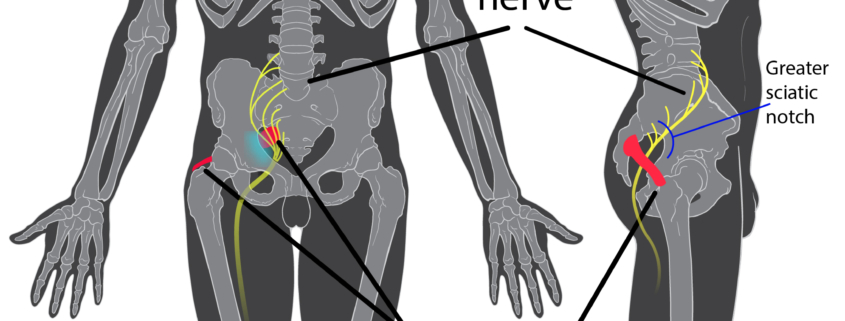Piriformis Syndrome

Overview: What is Piriformis Syndrome?
Piriformis syndrome is a medical condition that can cause pain, numbness, and tingling in the lower back and down the back of the leg. This condition occurs when the piriformis muscle, which is located in the buttock area, irritates the sciatic nerve. According to data, approximately 200,000 people in the United States deal with piriformis syndrome each year. Although the condition can affect anyone, it is prevalent among runners and cyclists.
Types: Are there Types or Subtypes of Piriformis Syndrome?
There are no definitive subtypes of piriformis syndrome per se, but the severity and symptoms of the condition can vary greatly among individuals. This largely depends on the degree of the piriformis muscle inflammation or the extent of sciatic nerve compression.
Causes: Why does Piriformis Syndrome Occur?
Piriformis syndrome can be caused by several factors, including:
-
- Overuse of the piriformis muscle from activities such as running or cycling
-
- Injury to the lower back or buttocks
-
- Prolonged sitting, particularly on hard or uneven surfaces
-
- Anatomical abnormalities of the sciatic nerve or piriformis muscle
Symptoms: What are the Signs of Piriformis Syndrome?
The most common symptoms of piriformis syndrome include:
-
- Pain in the buttock area
-
- Tingling or numbness down the back of the leg
-
- Difficulty sitting or finding a comfortable sitting position
-
- Pain that worsens with activity
In less common cases, individuals with piriformis syndrome may also experience foot numbness or even erectile dysfunction.
Diagnosis: How is Piriformis Syndrome Identified?
To diagnose piriformis syndrome, your healthcare provider may conduct a comprehensive physical exam checking particularly for pain or tenderness in the buttock area. They may also ask you about your medical history and the activities that you engage in regularly. In some cases, specific imaging tests like MRI or ultrasound might be used to rule out other conditions with similar symptoms.
Treatment Options: How is Piriformis Syndrome Managed?
Treatment for piriformis syndrome typically involves a combination of the following:
-
- Physical therapy to stretch and strengthen the piriformis muscle
-
- Anti-inflammatory medications to reduce pain and inflammation
-
- Steroid injections directly into the piriformis muscle to relieve severe pain
In rare cases, if conservative treatments are not effective, surgery may be considered to release the piriformis muscle and alleviate pressure on the sciatic nerve.
Living with Piriformis Syndrome
Living with piriformis syndrome requires adopting certain lifestyle changes. These may include:
-
- Daily stretching and strengthening exercises for the piriformis muscle
-
- Taking regular breaks from sitting especially if your job requires prolonged sitting
-
- Using an ergonomic chair and maintaining proper posture
When to Seek Help
Individuals experiencing persistent pain, numbness, or tingling in the lower back and the back of the leg should definitely seek help from a healthcare provider to rule out piriformis syndrome or to get appropriate treatment. If you have piriformis syndrome and your symptoms become severe or do not improve with treatment, consider seeking immediate medical attention.
